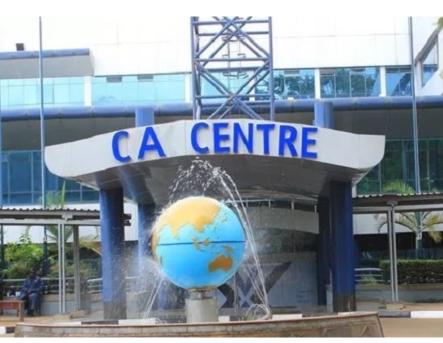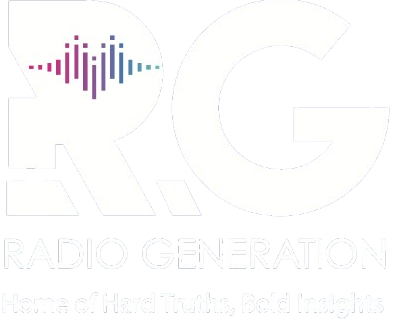Communications Authority lifts ban on live coverage of protests

The High Court had earlier suspended the directive referenced as CA/CE/BC/TV90A, pending the hearing and determination of the case filed by LSK.
The Communications Authority has withdrawn its directive banning television and radio stations from airing live coverage of protests across the country, following growing pressure and a High Court order suspending the decision.
In a letter addressed to all licensed broadcasters and copied to signal distributors, Authority Director General David Mugonyi said the directive had been lifted "forthwith." He did not give further details, only stating, “The Authority appreciates your continued support and cooperation.”
The reversal came hours after the Law Society of Kenya (LSK) issued a tough warning to the Authority, demanding immediate compliance with the court’s conservatory orders that had stopped enforcement of the directive. LSK had gone to court to challenge the legality of the ban.
LSK President Faith Odhiambo accused the Authority of acting outside the law and disregarding the court. “The Law Society has obtained conservatory orders suspending the punitive, arbitrary and illegal directive by the CA,” she said.
“The CA must forthwith reinstate all signals it shut down on Wednesday. Contempt of this order will be met with full prosecution of the leadership of CA.”
The High Court had earlier suspended the directive referenced as CA/CE/BC/TV90A, pending the hearing and determination of the case filed by LSK. Justice Chacha Mwita ruled that the petition raised serious constitutional concerns around press freedom and public access to information.
“I am satisfied that the pleadings raise fundamental constitutional questions touching on potential violation of the Bill of Rights in the Constitution and freedom of the media, calling for intervention by this court,” Justice Mwita said.
The initial ban by the Authority had triggered a strong backlash from media houses, civil society groups, and members of the public. Many viewed the move as a clear attempt to limit press freedom and restrict public access to real-time information during protests.
Though the Authority had justified the directive on the basis of maintaining public order and national security, critics dismissed the reasoning and accused it of censorship. The backlash intensified after reports emerged that some broadcasters had already experienced signal interference following the announcement.
